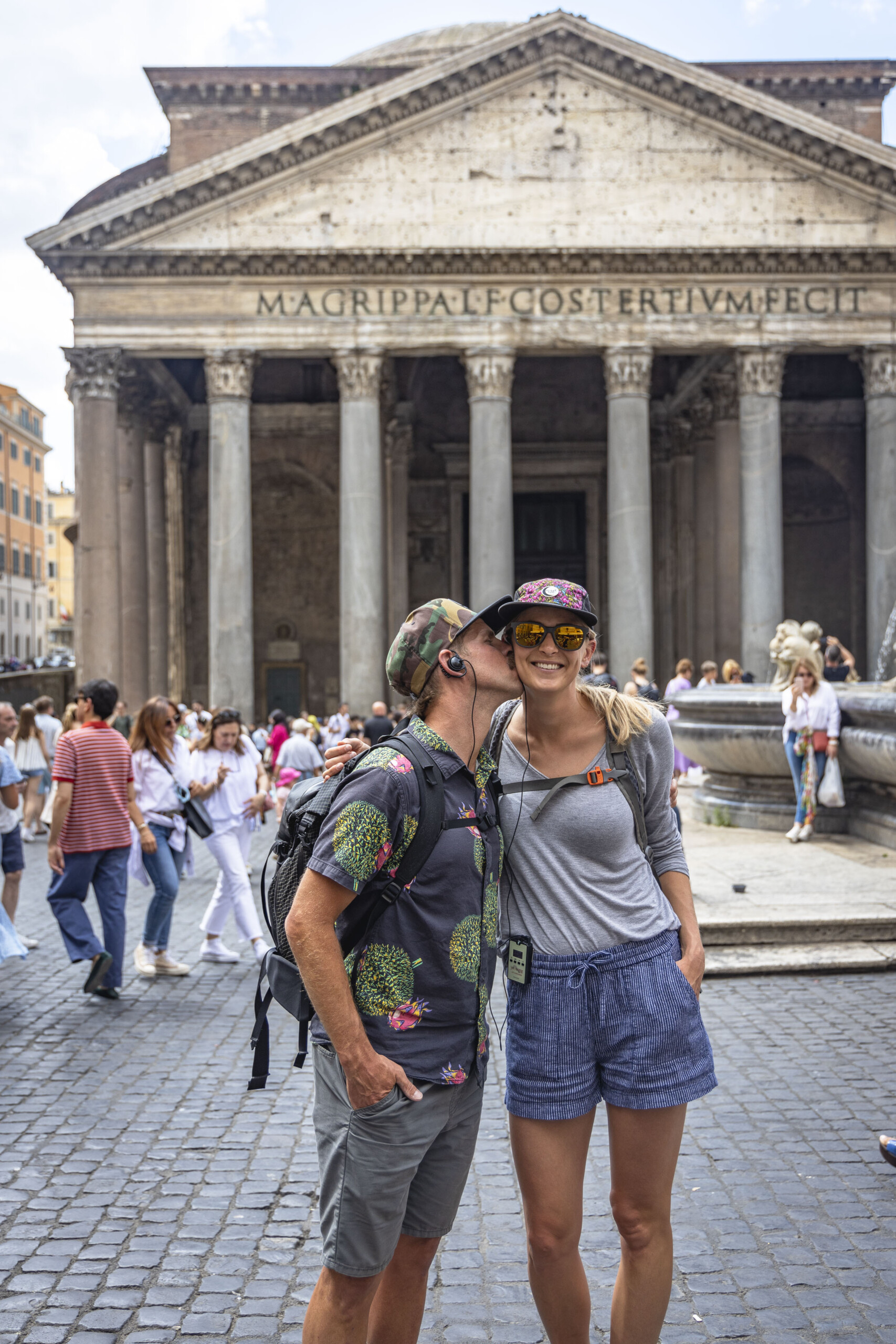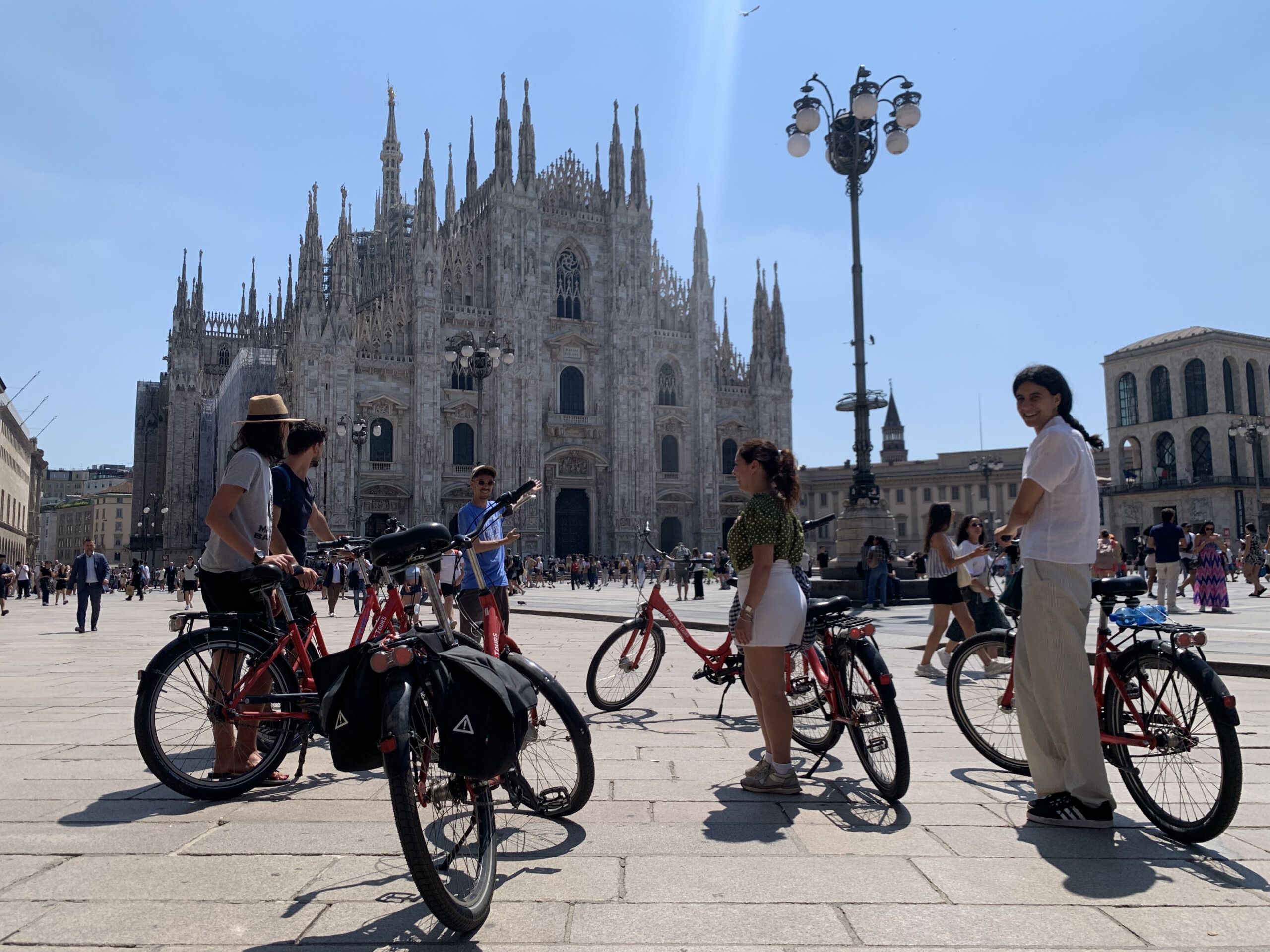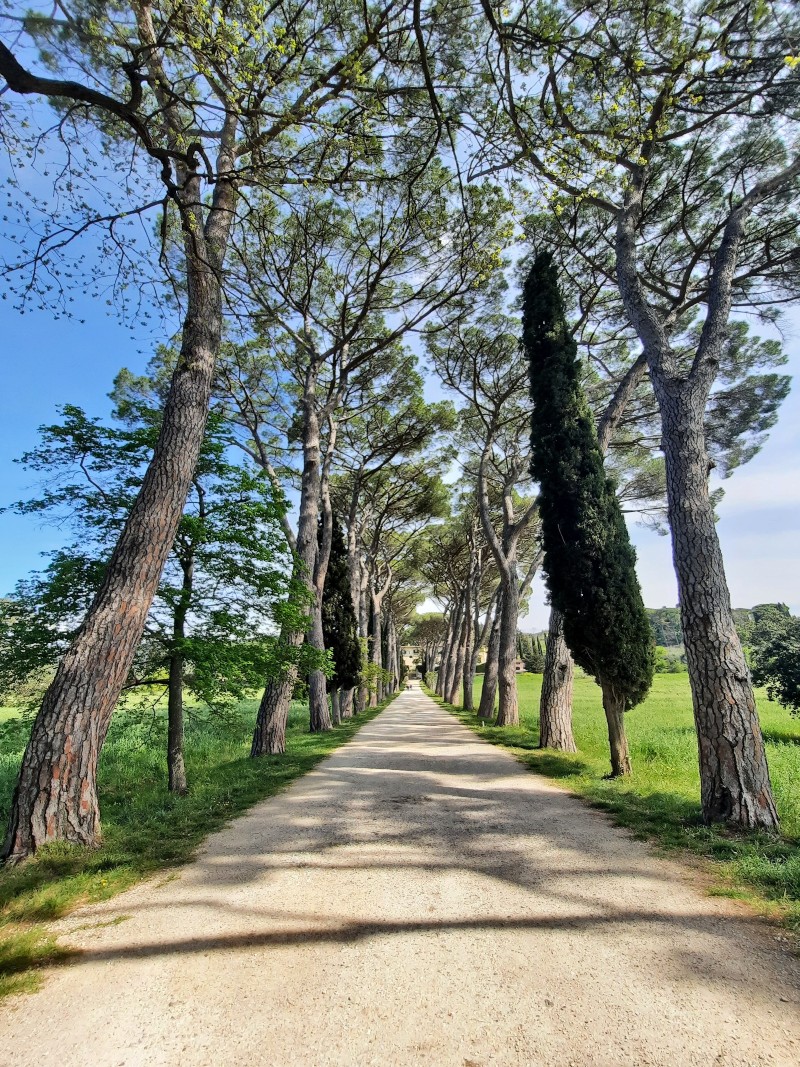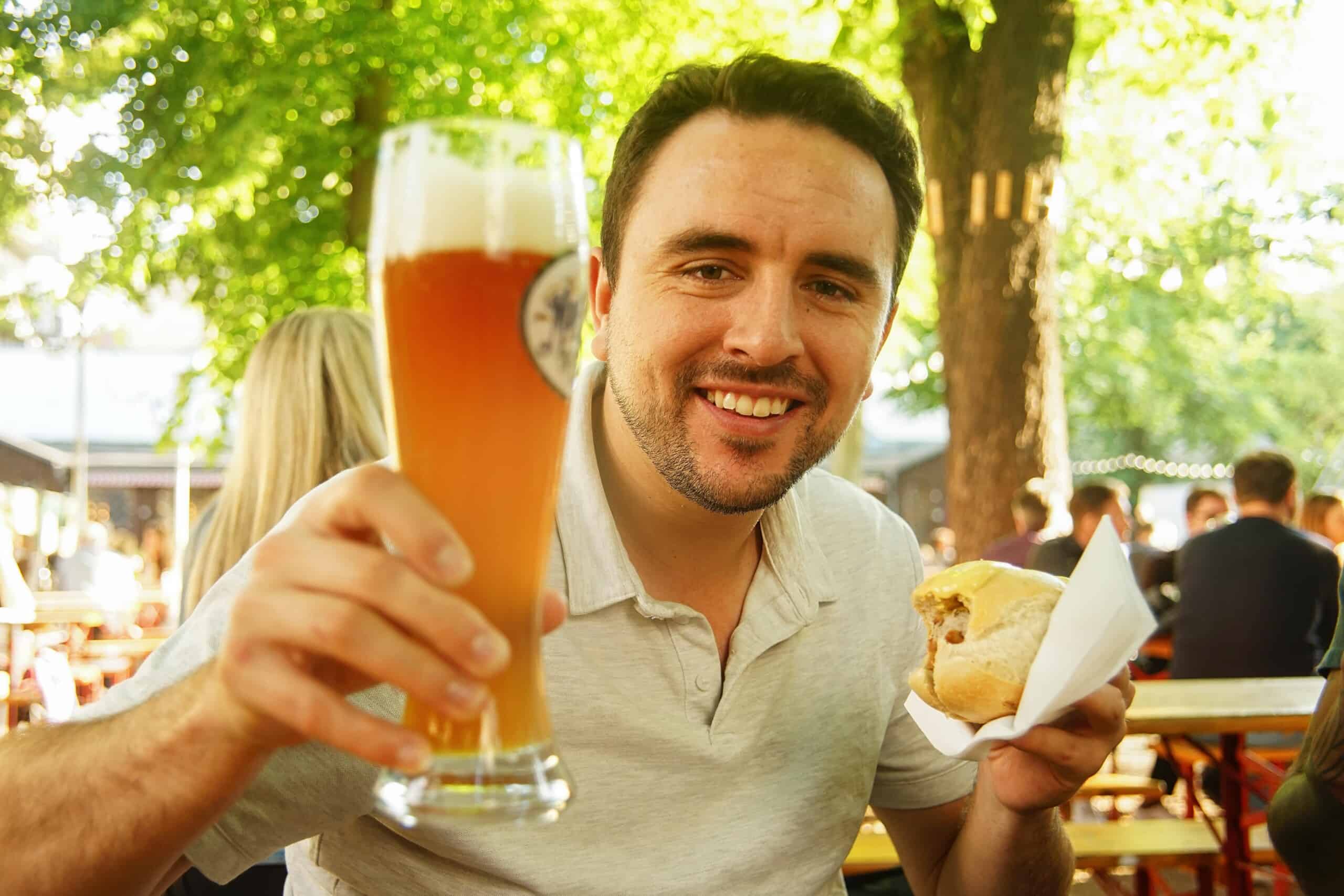By Nicole Franceschini
The Museum Island in Berlin is one of the most astonishing complexes of Museums ever created in the world and it is one of the must-do of every tourist or resident in Berlin. The Island is composed of five main museums, each one focused on a specific historical timeframe or artistic era. For this unique feature of portraying the evolution of Museums from the 19th to the 20th century and for the importance of these museums on a global scale, the Museum Island became a UNESCO World Heritage Site in 1999.
The five museums are diverse in both architectural features and permanent collections: the Pergamon Museum offers Ancient Near Eastern archaeological artifacts and buildings. Inside the museum you can view masterpieces of ancient architecture like the Altar of Pergamon from Turkey (closed for restorations until 2019) and the Ishtar Gate, one of the entrance doors to the city of Babylon. The second floor of the building is dedicated to a permanent exhibition of Islamic art where you can admire unique artifacts like part of the façade of the Palace of Mshatta from Jordan (see post “Pergamon Museum: must-see also without its Altar”). The Pergamon Museum receives more than a million visitors every year, a number that guarantees it the first place as most visited Museum in the city.
Next to the Pergamon Museum you can visit the Neues Museum, a recently restored building that was severely damaged during World War II that hosts a large collection of Egyptian objects including the beautiful bust of the Egyptian Queen Nefertiti. In the same courtyard with Pergamon and Neues Museum there is the Alte National Gallerie, the modern art gallery. The building itself is an interesting experience with its massive decorations and details typical of 16th century palaces. Inside the museum you can find a wide collection of paintings and some sculptures with some very famous art pieces of French Impressionists and a great collection of German painters.
Last but not least the remaining two museums are respectively the Greek and Roman museum (Altes Museum) and the Bode Museum with its collection of middle age and Byzantine art and with a variety of paintings from the 13th to the 18th century.
In the past years the project of re-building the Berlin Palace (Berliner Schloss) in its original location was put into effect, and since 2013 the constructors of the new “Old” Belin Palace are continuously working on the reconstruction. The Palace will arise on the ashes of the previous Palast der Republik, the Parliament seat built in the 70s by the German Democratic Republic (GDR) that was in use until 1990, most likely a final liberation from the GDR period. The interesting story is, that the Palast der Republik itself was built in the area of the previous Berliner Stadtschloss, the “City Palace of Berlin”, that was severely damaged in 1945 during the bombing of the Allies and finally demolished by the GDR during the 50s.
The reconstruction of the Palace could become a threat to the actual status of the Museum Island as a UNESCO World Heritage Site and to its values. For the United Nations Educational, Scientific and Cultural Organization, a specialized agency of the UN, the act of rebuilding needs to be justified with a clear statement on the motivation behind the reconstruction. Considering the decision of building the palace in its 17th century fashion (and its 18th and 19th century additions) it could be hard for Berlin to argue that the reconstruction was needed and that the place will still have a historical significance for its citizens. The palace is not part of the Museum Island complex but it is located within the buffer zone of this UNESCO site and its reconstruction could directly affect the values and the significance of the Island as a heritage site.
The World Heritage Committee will meet next June in Bonn and the case of the Island could enter the agenda and be discussed during the meeting; the fate of the site and its UNESCO value are in the hands of the 21 countries actually part of the UNESCO World Heritage Committee, Germany included.




